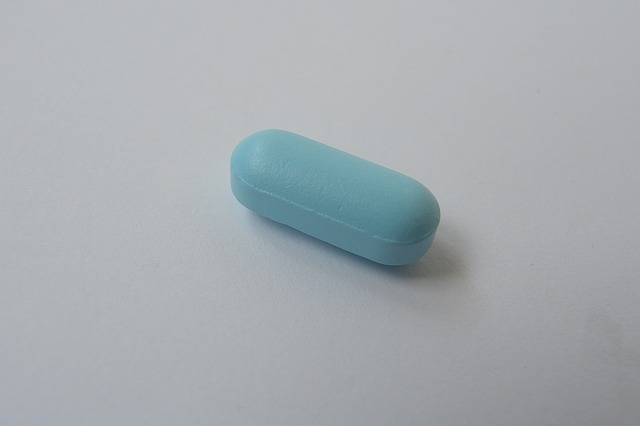Following a recent decision from the Court of Justice on the circumstances in which a supplementary protection certificate may be granted for a combination product, the English High Court has held that Gilead’s SPC for Truvada is invalid.
In July 2018 the Court of Justice of the European Union (CJEU) held that a Supplementary Protection Certificate (SPC) can only be granted for a combination product if both (or all) the active ingredients in the combination are specifically identifiable from the information disclosed in the patent and it would have been clear to the person skilled in the art that the combination would necessarily be covered by the patented invention. This does not mean that the combination must be expressly mentioned in the claims, but it must have been clear to the skilled person, based on the description and drawings in the patent and the prior art at the priority date, that the combination would necessarily be within the invention. See our previous note on the CJEU decision here.
As widely anticipated, following this CJEU decision the English High Court held on 18 September 2018 that Gilead Science Inc’s SPC for its Truvada anti-retroviral combination product is invalid.
Truvada is a combination of two active ingredients, tenofovir disoproxil and emtricitabine. Whereas the first was expressly mentioned in the basic patent relied on, emtricitabine was not. All the patent said was that the “claimed compounds may be administered as pharmaceutical formulations with optionally other therapeutic ingredients”. There was “no basis for the skilled person to understand that the combination embodies the technical contribution of the patent”. Emtricitabine was also not specifically identifiable from the patent. It was “not even a member of a specific class of compounds mentioned in the patent … as being suitable for combination with the compounds of the invention”. Although emtricitabine was known at the priority date, there was no evidence that it was known to be an effective agent for the treatment of HIV in humans at this time, “still less that this was common general knowledge to the person skilled in the art”. As a result the SPC was held to be invalid. Arnold J also denied Gilead's application to produce further expert evidence and directions for a second trial.
SPC protection limited to “what the patentee actually invented”
The CJEU’s decision sends a strong message that SPCs for combinations should not be ‘hooked onto’ patents based on one of the active ingredients. As Arnold J put it in the High Court, the purpose of the SPC Regulation is “to enable the holder of the basic patent to obtain supplementary protection for what the patentee actually invented and not for what the patentee did not invent”. A practical point behind this is that the patentee will already have had the opportunity to obtain an SPC based on the single active ingredient (if the conditions are met). As long as the patent and SPC on the single ingredient are in force a combination product may infringe them. Allowing a separate SPC on the combination may, however, extend protection beyond the expiry of patent protection for the single ingredient. It is important, therefore, that such an SPC is only granted where the combination genuinely embodies the technical contribution of the original patent as understood by the skilled person at the priority date, rather than being informed by later knowledge.
The case: Teva UK Ltd and others v Gilead Sciences Inc [2018] EWHC 2416 (Pat)

 Charlotte Tillett
Charlotte Tillett